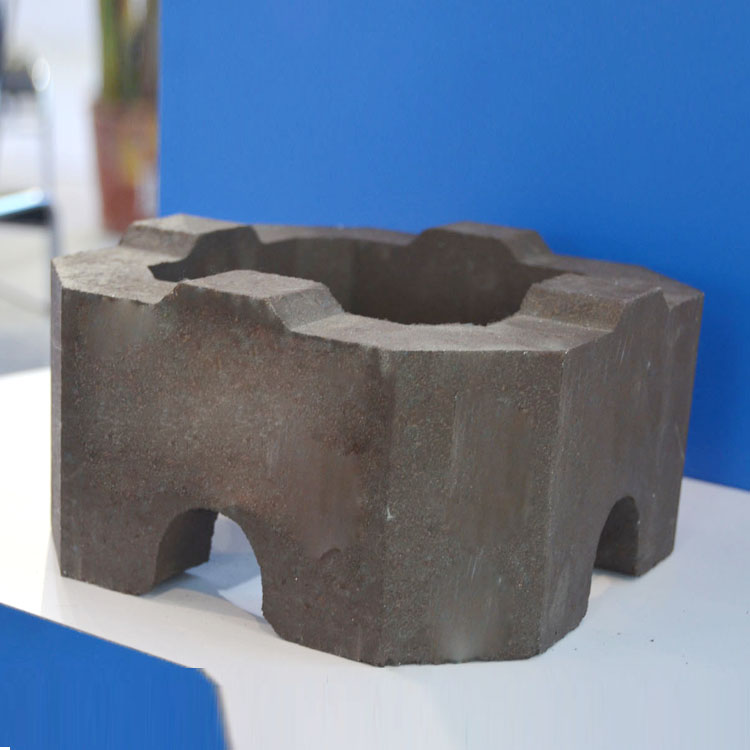.jpg?x-oss-process=image/resize,h_1000,m_lfit/format,webp)
In high-temperature industrial scenarios, such as steel smelting and glass manufacturing, refractory materials play a crucial role. They are essential for ensuring the efficiency and safety of high-temperature processes. Among these refractory materials, high-temperature magnesia-chrome bricks have attracted much attention. Let's explore the details of magnesia-chrome bricks and compare them with magnesia bricks.
Magnesia-chrome bricks are mainly made from sintered magnesia and refractory-grade chromite ore, bonded by silicate. The sintered magnesia provides high refractoriness and strength, while the chromite ore enhances the corrosion resistance of the bricks. The manufacturing process involves carefully blending these raw materials, pressing them into shape, and then firing at high temperatures. This process ensures the high quality and performance of the magnesia-chrome bricks.
.jpg)
Let's use data and charts to compare the performance of magnesia-chrome bricks and magnesia bricks in different environments, such as thermal cycling and corrosion resistance.
| Performance Indicator | Magnesia-Chrome Bricks | Magnesia Bricks |
|---|---|---|
| Compressive Strength (MPa) | 80 - 100 | 60 - 80 |
| Thermal Cycling Resistance (cycles) | 50 - 60 | 30 - 40 |
| Corrosion Resistance (weight loss %) | 5 - 8 | 10 - 15 |
From the table, we can clearly see that magnesia-chrome bricks have better performance in terms of compressive strength, thermal cycling resistance, and corrosion resistance compared to magnesia bricks. This makes them more suitable for high-temperature and harsh environments.
Magnesia-chrome bricks have been widely used in various industries, such as steel smelting and glass manufacturing. In a steel smelting plant, the use of magnesia-chrome bricks in the furnace lining has significantly improved the service life of the furnace from 1 - 2 years to 3 - 4 years, reducing the maintenance cost and downtime. In a glass manufacturing factory, magnesia-chrome bricks have effectively resisted the corrosion of molten glass, ensuring the quality and stability of glass production.

In summary, magnesia-chrome bricks offer several advantages, including high compressive strength, excellent thermal cycling resistance, and strong corrosion resistance. These advantages make them an ideal choice for high-temperature operations in various industries. If you are looking for high-quality refractory materials for your high-temperature processes, magnesia-chrome bricks are definitely worth considering.
Contact us today to learn more about our high-temperature magnesia-chrome bricks and how they can benefit your business. You can visit our website [Company Website] or send us an email at [email protected].

